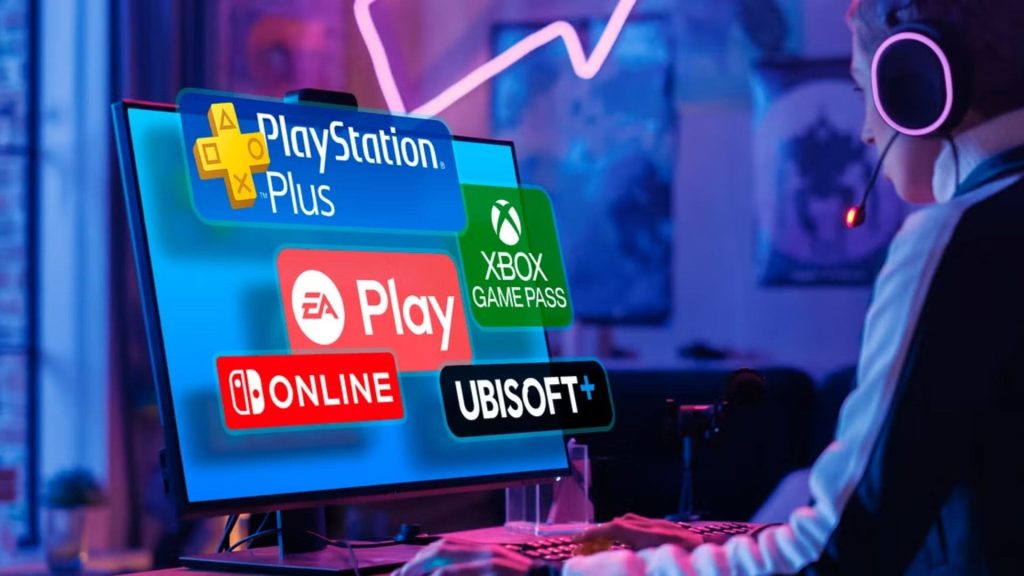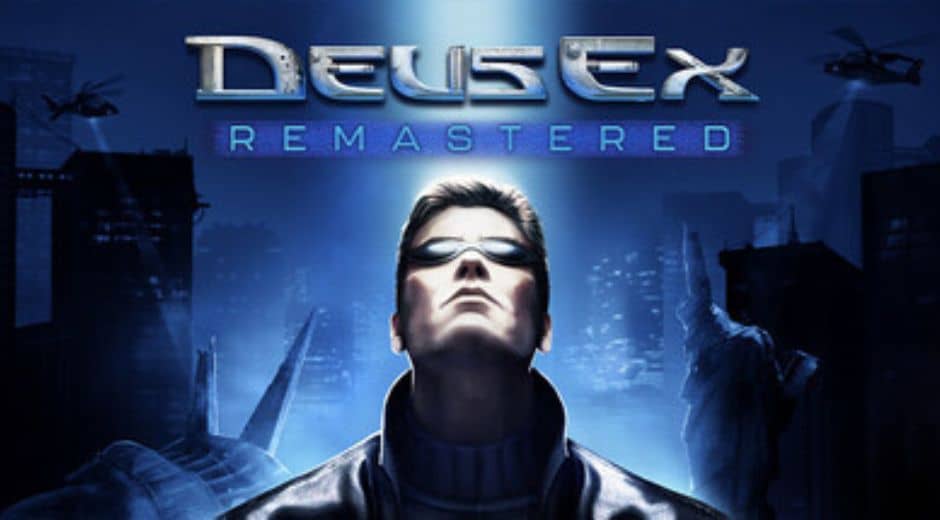Gaming Subscription Models Are Reshaping Player Ownership
Gaming Subscription Models Are Reshaping Player Ownership
In recent years, the gaming industry has shifted direction in how players gain access to the titles they enjoy most. Instead of purchasing individual games at full price, many gamers are now choosing to join a Subscription model. This approach provides access to large libraries of titles for a monthly fee. The transition has influenced how players think about value, ownership, and long-term engagement.
The rise of digital platforms has played a major role in how Subscription models developed. Streaming services across film and music made people comfortable with paying for access instead of ownership. Now, gaming is following the same path. Many players appreciate being able to sample numerous games without the commitment of purchasing each one separately.
However, Subscription models are not simply about convenience. They are reshaping the fundamentals of the gaming industry. Developers must consider how long-term engagement fits into their release schedules. Publishers need to find ways to ensure their games remain attractive over time. And players themselves are adjusting to a new mindset when it comes to how they interact with games.
Discovery and Variety
One notable effect of the Subscription model is the impact on discoverability. When a player has access to a large library, they are more likely to try out titles they would not have purchased individually. This can give smaller studios visibility that they may not traditionally receive. At the same time, it places pressure on developers to create experiences that capture attention quickly.
A service-based approach has also changed expectations around updates and new content. Because players have access to many titles, they can easily move on if a game no longer feels engaging. This encourages developers to release ongoing features and improvements. In some cases, this has led to increased long-term support. In others, it has contributed to burnout within development teams.
Economic Shifts and Strategy
The economic landscape of Subscription gaming is complex. For major platforms like PlayStation, Microsoft, and Nintendo, integrating Subscription offerings has become a strategic priority. Many companies now offer multiple tiers, each with different benefits. This allows players to choose what level of access they want based on their needs and budget.
Official platform resources such as
https://www.playstation.com
provide breakdowns of available options, exclusive features, cloud play support, and release schedules.
Meanwhile, financial and business analysis sources such as
https://businessforumhub.com/
discuss how service-based access models affect revenue expectations, long-term sustainability, and developer compensation.
These discussions show that players are not the only ones adapting. Publishers and studios must adjust how they plan releases and ongoing support.
Ownership vs. Access
Players face a new question that did not exist in traditional game buying: are they gaining lasting value? Some gamers appreciate the flexibility of being able to pause their Subscription when needed. Others argue that it prevents them from building a personal library they truly own.
This is where the internal conversation around ownership becomes emotional. Games accessed through a Subscription are not permanently held. Once the Subscription ends, so does access. Some players are comfortable with this because it reduces cost and clutter. Others feel that something essential is lost in not having the game as a permanent part of their collection.
Yet the Subscription approach has strengths that cannot be dismissed. It lowers barriers for new gamers. It allows experimentation across genres. It supports players who value variety and ongoing discovery.
Community and Shared Experiences
One of the most impactful aspects of Subscription models is the sense of shared experience. When new titles are added each month, players explore together. Discussions arise, comparisons are made, and communities form around what to try next. This can lead to stronger platform identity and ongoing engagement.
This shared exploration creates a culture of recommendation and conversation. It feels dynamic. It feels alive.
Encouraging Experimentation
When players buy games individually, they often hesitate before trying something unfamiliar. With a Subscription, there is no risk. If a title does not resonate, the player simply chooses something else. This encourages curiosity. It broadens taste. It supports creativity across the gaming ecosystem.
Developers benefit as well. New genres gain exposure. Old genres return to relevance. Games that may have struggled to find an audience are rediscovered.
This is one of the quiet but powerful shifts underway.
Challenges Ahead
Despite their strengths, Subscription services are not without challenges. They rely on stable server infrastructure, consistent updates, and clear communication from developers. Without these elements, player engagement can decline.
There are also concerns that studios may shape game design to favor quick engagement loops rather than deeper artistic direction. Balancing accessibility and creativity will remain an ongoing challenge for the industry.
The Future: Hybrid Ownership
The future of gaming will likely not eliminate traditional ownership. Instead, players may use Subscription services to explore and discover titles, while purchasing their favorites permanently. This hybrid approach gives players flexibility while preserving emotional value.
As more platforms invest in refining their service libraries, the gaming community will continue to evaluate what feels meaningful. Some players will choose access. Some will choose ownership. Many will choose both.
Ongoing discussion, reflection, and community feedback can be followed at:
https://gamingnewshead.com
Gaming Made Simple

The Best Gaming Monitors of 2025 for Every Type of Player
Discover the best gaming monitors of 2025, offering top refresh rates, sharp visuals, and advanced features for all gaming styles.

The Rise of Wireless Controllers in Modern Gaming
Discover why wireless controllers have become essential in modern gaming, offering precision, comfort, and improved connectivity for all players.

How Pro Players Redefine Competitive Gaming in 2025
Learn how pro players reshape esports in 2025 through advanced training methods, team strategies, discipline, and new competitive technologies.













